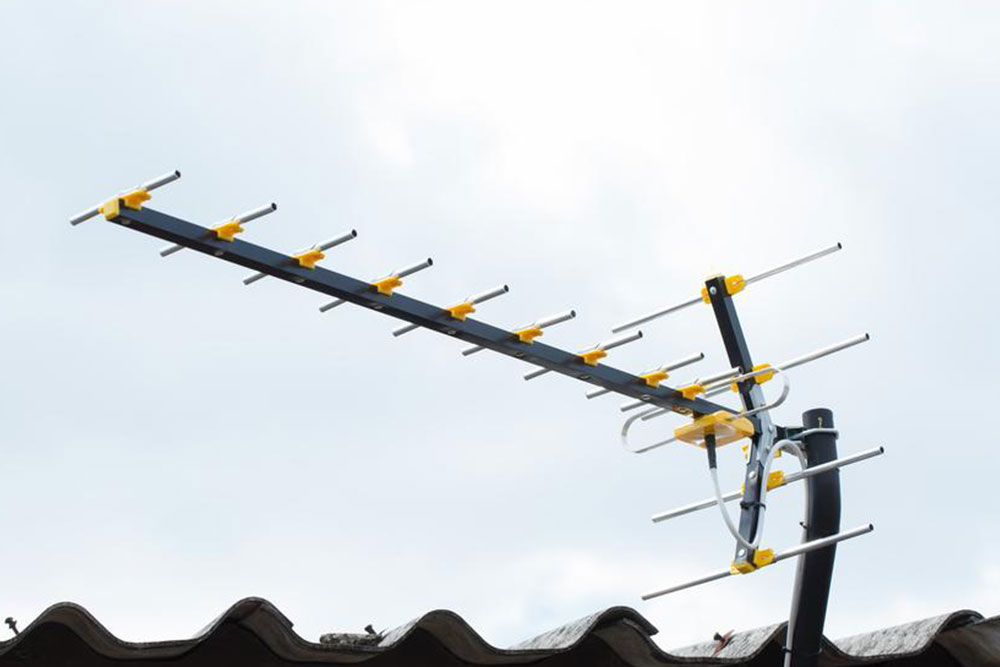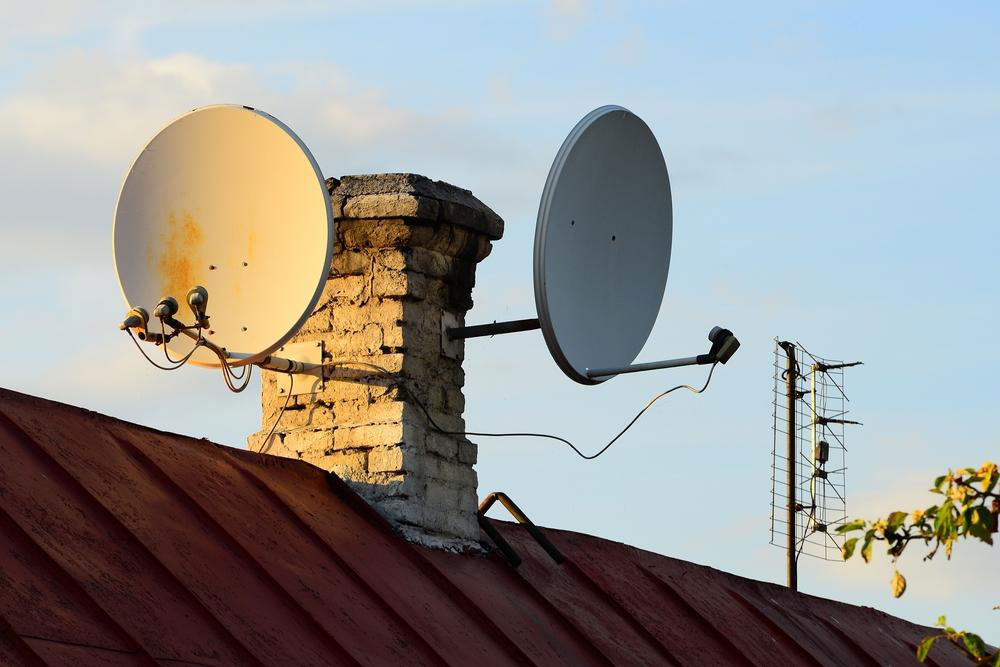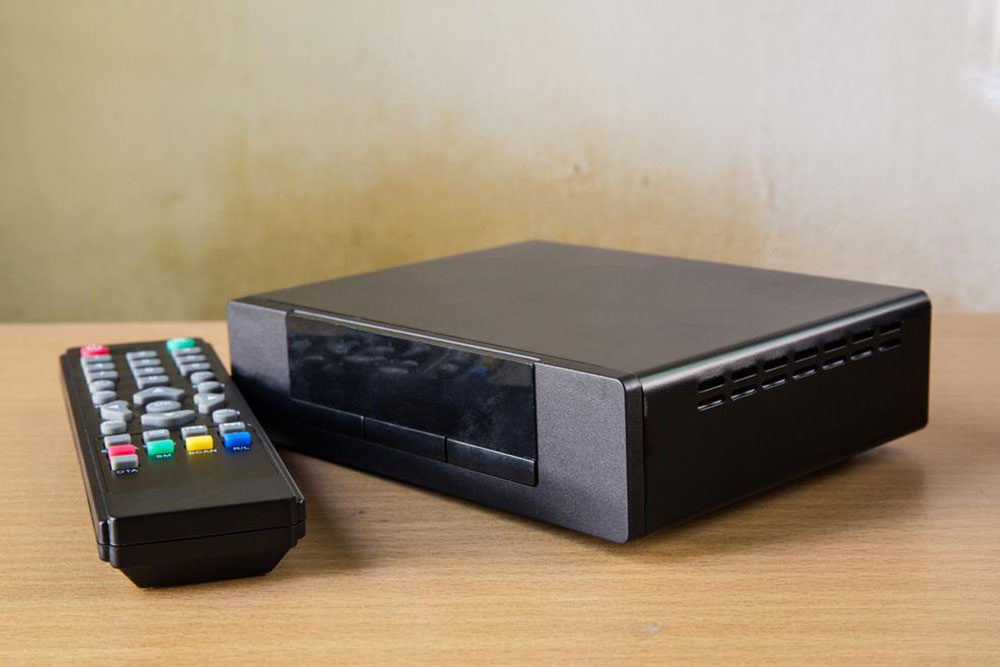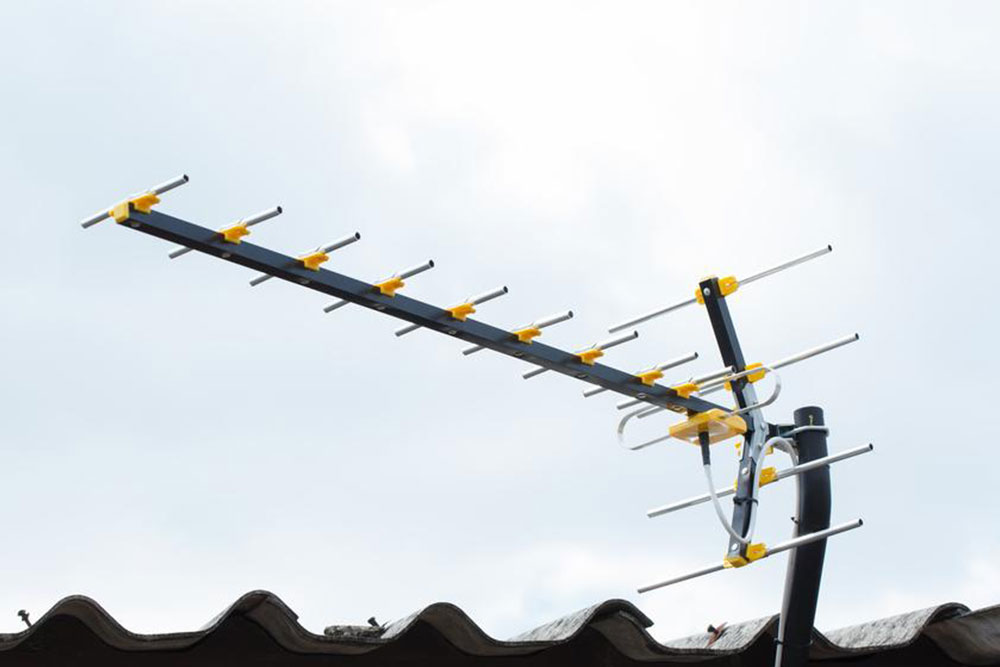Comprehensive Guide to Installing Television Antennas for Superior Broadcast Reception
This comprehensive guide provides detailed insights into installing television antennas for optimal signal reception. Learn about indoor and outdoor antenna types, key selection factors, safety tips, and methods to enhance your TV signal quality. Perfect for homeowners seeking to improve over-the-air broadcast reception, this article discusses mounting techniques, equipment choices, and accessories to ensure a reliable and high-quality viewing experience. Enhance your TV setup with expert tips and enjoy free broadcasting channels with clarity and stability.

Comprehensive Guide to Installing Television Antennas for Superior Broadcast Reception
In today's digital age, television antennas play a crucial role in delivering free over-the-air broadcast signals directly to your home, providing access to a wide variety of channels without the need for cable or satellite subscriptions. Whether you're a casual viewer or a dedicated cord-cutter, understanding the nuances of installing the right antenna can significantly enhance your viewing experience. This extensive guide covers everything you need to know about selecting, installing, and optimizing your TV antenna for the clearest, most reliable signal reception.
There are primarily two categories of television antennas: indoor antennas and outdoor antennas. Each type serves specific needs and environments, and selecting the appropriate one depends on your location, the distance from broadcast towers, and structural considerations of your home.
Indoor Television Antennas
Indoor antennas are designed for convenience and easy installation. Common types include dipole and loop antennas, which are compact and can be placed near or behind your TV, or on a nearby stand. While they’re user-friendly and require minimal setup, their effectiveness largely depends on their placement and local signal strength. They work best when positioned near windows and in locations with minimal electronic interference.
Outdoor Television Antennas
Outdoor antennas are generally more powerful and capable of capturing signals over longer distances. These antennas often feature multiple elements, such as directors and reflectors, which help focus and amplify broadcast signals. Proper installation of outdoor antennas often involves mounting them at elevated heights—such as rooftop or on a mast—to avoid obstructions like buildings, trees, or terrain that can weaken signals. Due to their advanced design, outdoor antennas can deliver superior picture quality and more reliable reception, especially in areas with weak signal coverage.
Key Factors to Consider When Choosing an Antenna
Location and Range: Determine how far you are from the nearest broadcast towers. Use online tools or signal maps to estimate your area’s coverage and select an antenna with the adequate range.
Type of Broadcast Signals: Check whether your area predominantly airs VHF (Very High Frequency) or UHF (Ultra High Frequency) channels, as some antennas are optimized for certain frequencies.
Placement: For indoor antennas, proximity to windows and minimal interference are critical. For outdoor models, elevation and unobstructed views are essential.
Design and Aesthetics: Choose an antenna that blends with your home’s exterior or interior, considering size and style preferences.
Installation Tips and Safety Precautions
Proper installation ensures optimal signal quality. Here are key tips:
Mount at a Height: Higher placements generally yield better reception — outdoors on rooftops or attics, or indoors near ceilings or high windows.
Secure Mounting: Use sturdy masts, brackets, and weatherproof hardware for outdoor antennas to withstand environmental elements.
Minimize Obstructions: Avoid placing antennas behind large metal objects or near electronic devices that cause interference.
Use RF Amplifiers: Signal boosters can enhance weak signals but should be used judiciously to prevent overload.
Safety Measures: When working at heights, always use appropriate safety gear, follow ladder safety protocols, and consider professional installation if unsure.
Enhancing Signal Reception
Beyond proper placement, a few additional steps can further improve your TV signal quality:
Use Quality Cables: Invest in high-quality, shielded coaxial cables to reduce signal loss and noise.
Position Correctly: Adjust the antenna’s orientation iteratively — most antenna manufacturers provide a signal strength indicator to assist in fine-tuning.
Install Signal Boosters: RF amplifiers or preamplifiers installed at the antenna feed point can significantly improve reception, especially in rural or obstructed areas.
Buying Equipment and Accessories
When purchasing antennas and related accessories, consider shopping from trusted online and brick-and-mortar electronics retailers. Options include various types of antennas, mounts, stands, and remote controls for antenna orientation adjustment. Many vendors offer detailed reviews, technical specifications, and compatibility guides to make informed decisions. Additionally, look for offers like free shipping and warranty services to ensure a smooth buying experience.
Alongside antennas, electronics stores provide an array of accessories such as universal remote controls, wall mounts, antenna rotators, and signal amplifiers. Proper selection and installation of these accessories can optimize your setup’s performance and longevity.
Conclusion
Installing a television antenna may seem straightforward, but optimizing its placement and ensuring safety require careful planning and execution. By understanding the differences between indoor and outdoor antennas, considering your specific surroundings, and following recommended installation practices, you can enjoy crystal-clear picture quality on all your favorite broadcast channels. Moreover, leveraging modern accessories like signal amplifiers and professional-grade mounting hardware ensures a resilient and efficient setup. With patience and the right approach, your home can become a hub for high-quality over-the-air television entertainment, saving you money while delivering a wide array of programming.




